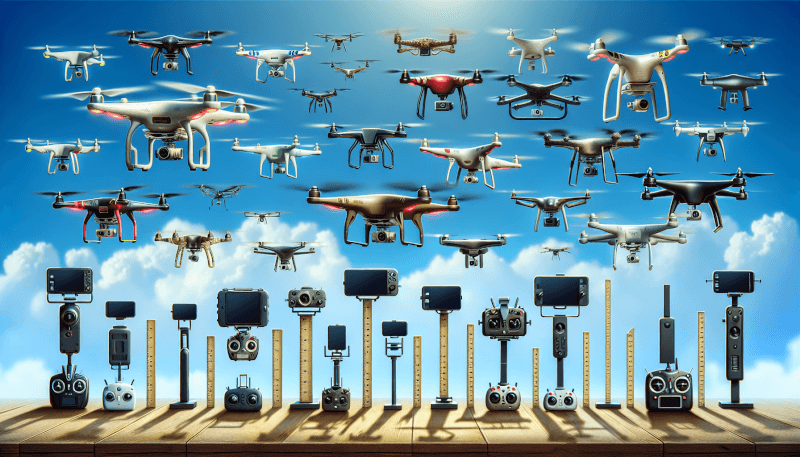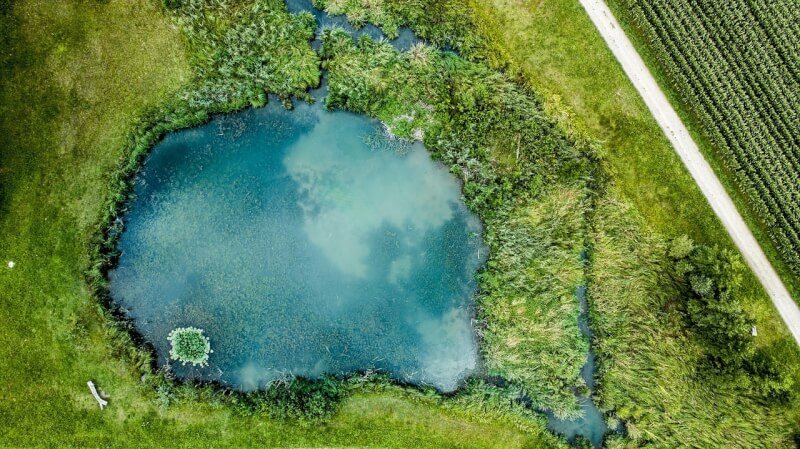Are you ready to take your photography to new heights? Look no further than the exciting world of aerial photography with drones. But with so many options out there, how do you choose the best drone for your aerial photography needs? In this article, we’ll give you some valuable tips and insights to help you make an informed decision. From considering camera quality and flight time to understanding different features and regulations, we’ve got you covered. So buckle up, and get ready to soar to new heights with the best drone for your aerial photography adventures.
Budget
Determine your budget
When choosing a drone for aerial photography, it is important to determine your budget. Drones come in a wide range of prices, so setting a budget will help narrow down your options. Consider how much you are willing to spend on a drone and stick to that budget throughout the research and purchasing process.
Consider the cost of additional accessories
In addition to the drone itself, it is important to take into account the cost of additional accessories that may be necessary for aerial photography. These accessories can include spare batteries, extra propellers, carrying cases, memory cards, and filters. Make sure to factor in the cost of these accessories when deciding on your budget.
Compare prices and value for money
Once you have determined your budget, take the time to compare prices and the value for money that each drone offers. Research different brands and models to see which ones offer the best features and capabilities within your budget range. Look for drones with a good reputation for reliability and quality, as well as positive customer reviews.
Camera Quality
Prioritize camera capabilities
When it comes to aerial photography, the quality of the camera is one of the most important factors to consider. Look for drones that have high-resolution cameras and large sensor sizes. These features will ensure that your photos and videos are clear, detailed, and of high quality.
Resolution and sensor size
Resolution and sensor size are key factors in determining the camera’s ability to capture detailed images. Higher resolution cameras are capable of producing sharper and more vibrant images. Additionally, larger sensor sizes allow for better low-light performance and improved dynamic range, resulting in more professional-looking photos.
Adjustable settings and manual control
For more advanced photographers, it is essential to have drones that offer adjustable settings and manual control over camera settings. This will allow you to have more creative control over your photos and videos, such as adjusting the exposure, aperture, and shutter speed.
Low-light performance
The ability of the camera to perform well in low-light conditions is crucial for capturing stunning aerial shots during sunrise, sunset, or nighttime. Look for drones with cameras that have low-light capabilities, such as larger aperture sizes and advanced image processing algorithms, to ensure high-quality images even in challenging lighting situations.
Gimbal stabilization
To ensure smooth and stable footage, it is important to have a drone with a gimbal stabilization system. A gimbal helps to stabilize the camera during flight, reducing shake and vibrations caused by wind or drone movements. This will result in smoother and more professional-looking aerial videos.
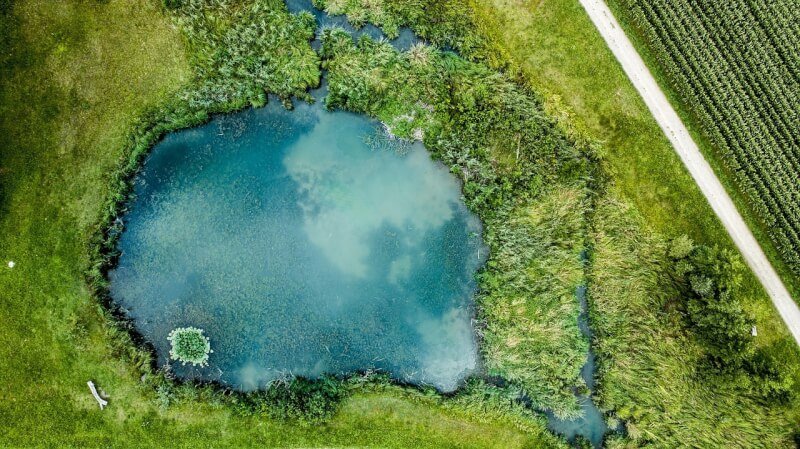
Flight Time and Battery Life
Evaluate flight time
Flight time refers to how long the drone can stay in the air on a single battery charge. It is important to evaluate the flight time of a drone as it will determine how long you can capture aerial footage before needing to land and recharge. Look for drones that offer longer flight times, ideally 20 minutes or more, to ensure ample time for aerial photography.
Consider battery life and recharge time
In addition to flight time, consider the battery life of the drone itself. This refers to the overall lifespan of the battery before it needs to be replaced. It is also important to factor in the recharge time of the battery. Some drones may have longer recharge times, which can be inconvenient if you need to quickly get back in the air for more photography.
Ability to swap or carry spare batteries
To increase your flight time and minimize downtime, it is worth considering a drone that allows you to swap or carry spare batteries. This will allow you to quickly replace a depleted battery with a fully charged one and continue flying and capturing photos and videos.
Consider power management features
Look for drones that offer power management features such as battery level indicators or intelligent flight systems that automatically monitor and manage battery life. These features can help you optimize your flights and ensure that you have enough power to return safely and capture the shots you need.
Range and Signal Strength
Assess range requirements
When choosing a drone for aerial photography, assess your range requirements. Consider how far you need the drone to fly while maintaining a stable connection with the controller. If you plan to capture footage from a considerable distance, look for drones with longer range capabilities to ensure smooth and uninterrupted control and video transmission.
Consider signal strength and interference
Signal strength is crucial for maintaining a stable connection between the drone and the controller. Look for drones with strong signal strength, preferably using advanced communication technologies such as OcuSync or Lightbridge. It is also important to consider potential sources of signal interference, such as tall buildings or crowded Wi-Fi environments, and choose a drone that can handle such situations without losing connection.
Quality of the controller or remote
The quality of the controller or remote that comes with the drone can greatly affect your flying and photography experience. Look for controllers with ergonomic designs and easy-to-use controls. Some drones may also offer the option to connect to smartphones or tablets for an enhanced flying experience.
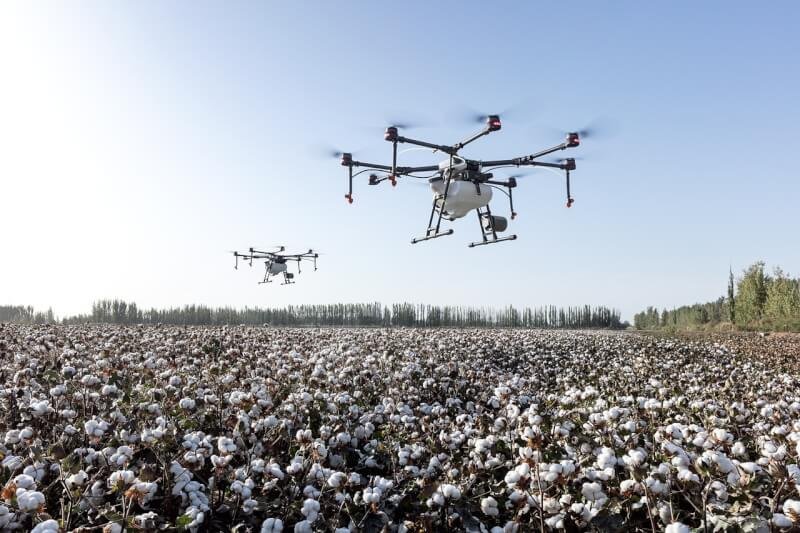
Flight Modes and Navigation
Look for intelligent flight modes
Intelligent flight modes can greatly enhance your aerial photography experience. Look for drones that offer various flight modes such as Follow Me, Waypoints, or Point of Interest. These modes allow the drone to autonomously perform specific flight patterns, enabling you to focus on capturing the perfect shots.
Autonomous flight capabilities
Autonomous flight capabilities allow the drone to fly on its own and perform pre-programmed tasks. These features can be especially useful for aerial photography, as they allow you to focus on composition and capturing the desired footage while the drone takes care of the flight.
Collision avoidance and obstacle detection
To ensure the safety of your drone and prevent accidents, consider drones that are equipped with collision avoidance and obstacle detection systems. These systems use sensors to detect obstacles in the drone’s flight path and automatically adjust the flight to avoid collision. This can be particularly useful when flying in crowded areas or challenging environments.
GPS capabilities for precise positioning
GPS capabilities are essential for precise positioning and navigation. Look for drones that have built-in GPS systems, as they allow for more accurate flight control and can provide additional features such as return-to-home functionality and geofencing.
Size and Portability
Assess portability needs
Consider your portability needs when choosing a drone for aerial photography. If you plan to travel with your drone, it is important to choose a drone that is compact and easy to transport. Assess the size and weight of the drone when folded or disassembled to ensure that it can fit into your travel bag or backpack.
Consider the size and weight of the drone
Size and weight are important factors to consider when choosing a drone for aerial photography. Smaller and lighter drones are generally more portable and easier to handle. However, keep in mind that larger drones may offer better stability and payload capabilities for advanced photography equipment.
Foldable or compact design
For maximum portability, consider drones with foldable or compact designs. These drones can easily fit into small bags or even pockets, making them ideal for travel or capturing spontaneous aerial shots.
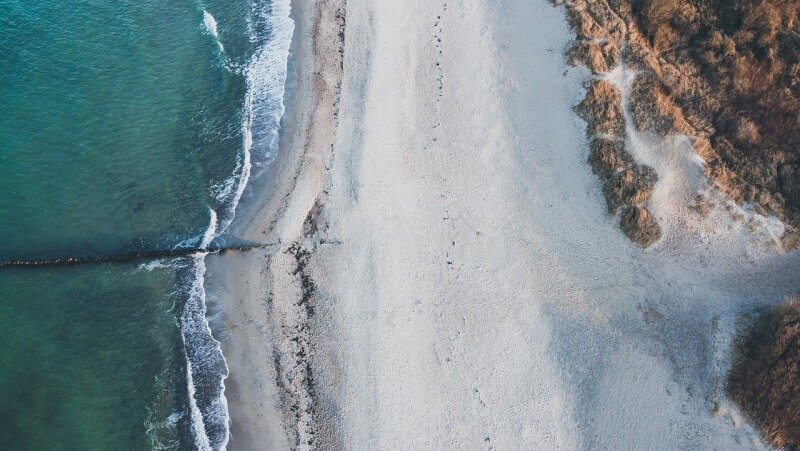
Durability and Build Quality
Evaluate build materials
Durability and build quality are important factors to consider when choosing a drone for aerial photography. Look for drones that are constructed with high-quality materials, such as lightweight yet durable composites or carbon fiber frames. These materials can withstand the rigors of flight and protect the drone from accidental impacts.
Water and dust resistance
If you plan to fly your drone in challenging environments or adverse weather conditions, consider drones that have water and dust resistance ratings. These drones are better equipped to handle elements such as rain or dust, ensuring that they continue to function reliably even in less-than-ideal conditions.
Consider spare parts availability
Accidents happen, and it’s always a good idea to consider the availability of spare parts for your drone. Look for drones that have spare parts readily available, such as propellers or landing gears. This will ensure that you can easily replace damaged or worn-out parts and keep your drone in optimal condition.
Ease of Use and Learning Curve
Consider user-friendly features
For beginners or those new to drones, it is important to choose a drone that is user-friendly and easy to operate. Look for drones that offer features such as one-touch takeoff and landing, as well as automatic return-to-home functionality. These features make it easier to control the drone and minimize the risk of accidents.
Intuitive controls and interface
A drone with intuitive controls and a user-friendly interface can significantly reduce the learning curve and make it easier for you to fly and control the drone. Look for drones that have well-designed controllers or intuitive mobile apps that allow for easy navigation and control of the drone.
Beginner-friendly modes or flight assistance
Some drones offer beginner-friendly modes or flight assistance features that can help new users get started with flying and aerial photography. These features may include beginner modes that limit the drone’s speed and altitude or automated flight assistance that helps stabilize the drone during flight.
Flight simulator compatibility for practice
If you are new to flying drones, consider choosing a drone that is compatible with flight simulators. Flight simulators allow you to practice flying and familiarize yourself with the controls and flight dynamics of a drone in a virtual environment. This can greatly improve your piloting skills before taking to the skies with your aerial photography drone.

Regulations and Legal Requirements
Research local drone regulations
Before purchasing a drone, it is crucial to research and understand the local drone regulations in your area. Different regions may have specific rules and guidelines regarding drone usage, including flight restrictions, altitude limitations, and registration requirements. Make sure to comply with these regulations to avoid any legal issues or fines.
Know airspace restrictions
In addition to local drone regulations, it is important to be aware of airspace restrictions in your area. Certain areas, such as airports or national parks, may have restricted airspace where drones are not allowed to fly. Familiarize yourself with the airspace restrictions in your area to ensure that you are flying your drone in a safe and legal manner.
Check registration and licensing requirements
Depending on the weight and purpose of your drone, you may need to register your drone with the appropriate aviation authority or obtain a specific license to operate commercially. Research the registration and licensing requirements in your country or region to ensure that you comply with all necessary regulations before flying your drone for aerial photography.
Reviews and Recommendations
Read reviews from trusted sources
Before making a final decision, it is important to read reviews of the drones you are considering from trusted sources. Look for reviews from reputable websites or publications that have tested and evaluated the drones for their performance, camera quality, flight stability, and user experience. Reading reviews can provide valuable insights and help you make an informed decision.
Consider recommendations from experienced photographers
If you have friends or colleagues who are experienced in aerial photography, consider asking for their recommendations and insights. Experienced photographers can offer valuable advice based on their own experiences with different drones. They can provide first-hand information on the pros and cons of specific models and help you make a more informed decision.
Join online communities and forums for insights
Joining online communities and forums dedicated to drones and aerial photography can provide valuable insights and recommendations. These communities are filled with enthusiasts and professionals who are passionate about drones and can offer advice based on their own experiences. Participating in these communities can help you glean insights, get answers to specific questions, and connect with like-minded individuals.
Choosing the best drone for aerial photography requires careful consideration of various factors such as budget, camera quality, flight time and battery life, range and signal strength, flight modes and navigation, size and portability, durability and build quality, ease of use and learning curve, regulations and legal requirements, and reviews and recommendations. By taking the time to evaluate each of these factors and considering your specific needs and preferences, you can find the perfect drone that will elevate your aerial photography to new heights. Happy flying and capturing breathtaking shots!
